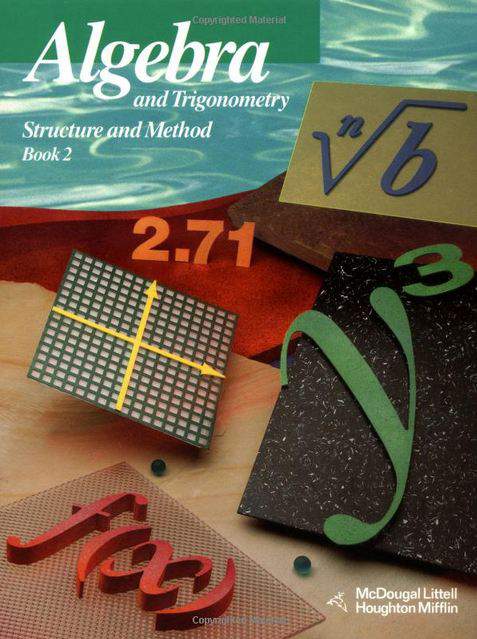Connecting...

This is a quick preview of the lesson. For full access, please Log In or Sign up.
For more information, please see full course syllabus of Trigonometry
For more information, please see full course syllabus of Trigonometry
Trigonometry DeMoivre's Theorem
Lecture Description
In DeMoivre's theorem, we are going to use the polar form of complex numbers to find n-th powers and n-th roots of complex numbers. So to begin, our complex numbers needs to be in the polar form. If it's not, we can use the formulas from the previous lecture to convert it. A very important formula to remember is the Euler's formula. Every nonzero complex number has exactly n n-th roots. This lecture covers the DeMoivre’s theorem, and you'll see the relation to the unit circle as well. In the examples, you'll see how to find all complex fourth roots, eight roots etc.
Bookmark & Share
Embed
Share this knowledge with your friends!
Copy & Paste this embed code into your website’s HTML
Please ensure that your website editor is in text mode when you paste the code.(In Wordpress, the mode button is on the top right corner.)
×
Since this lesson is not free, only the preview will appear on your website.
- - Allow users to view the embedded video in full-size.
Next Lecture
Previous Lecture










































 Answer Engine
Answer Engine



1 answer
Thu Oct 31, 2013 3:39 PM
Post by Heinz Krug on October 31, 2013
Thank you, Will. Great lecture! With age 57, I very much enjoyed learning trigonometry. Still too lazy to memorize all the common values of sin, cos, tan and using the calculator instead. Do you have a final recommendation for that?
1 answer
Wed Aug 14, 2013 12:20 PM
Post by Ikze Cho on August 8, 2013
does your calculator have to be set to radians when doing these things?
1 answer
Wed Aug 14, 2013 12:16 PM
Post by Tomas Hernandez on August 7, 2013
Example 1: Since arctan of minus squared root 3/3 can be 5pi/6 or 11pi/6, why did you choose -pi/6 (11pi/6) instead of 5pi/6?
1 answer
Fri Jul 5, 2013 9:19 AM
Post by Emily Engle on July 1, 2013
On my calculator when I enter 16^(1/8)it gives me sqrt of 2. How do I get my calculator to give me the answer you got in ex.2 ?
1 answer
Fri Jul 5, 2013 9:19 AM
Post by Emily Engle on June 27, 2013
In De Moivre's theorem why do we multiply theta by n and not cosine of theta by n?
1 answer
Thu May 30, 2013 3:55 PM
Post by varsha sharma on June 9, 2011
I want to master your notes and use them in my classroom and i want to work as an instructor in school of math and science.
Thanks,
Varsha